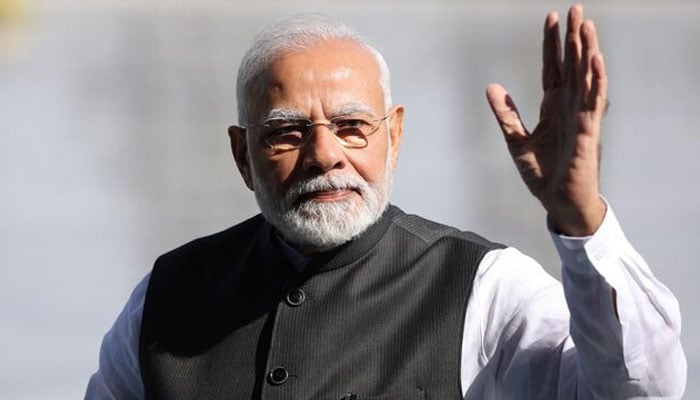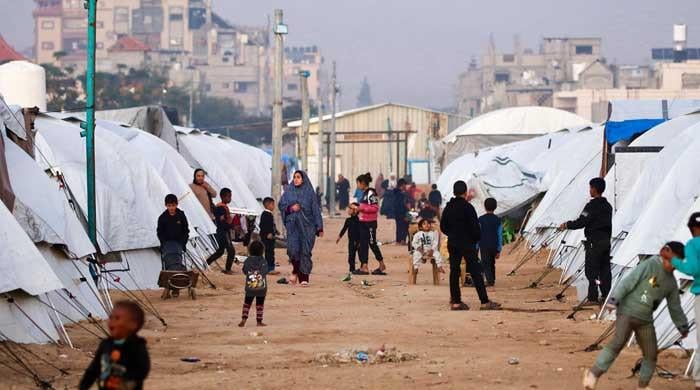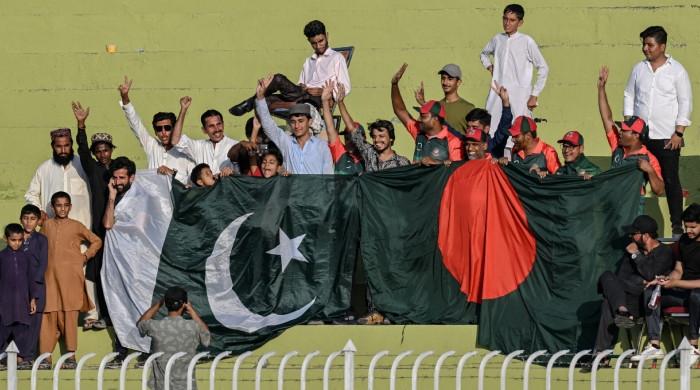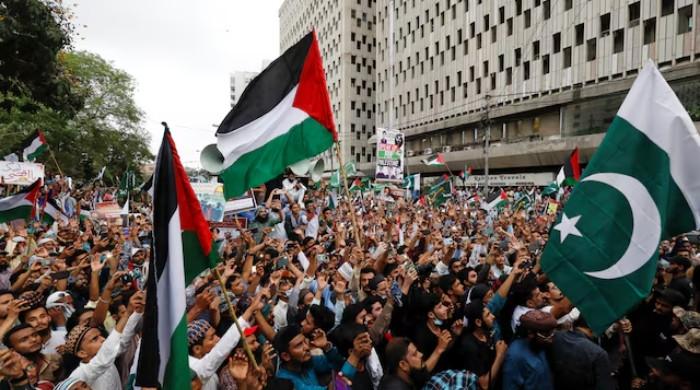Regionally isolated
Recent geopolitical shifts in South Asia indicate a realignment of regional diplomatic structure
July 28, 2025

The recent geopolitical shifts in South Asia indicate a realignment of regional diplomatic structure in search of regionalism, connectivity and inclusivity.
The trilateral engagements between China, Pakistan and Afghanistan, and China, Pakistan and Bangladesh, as well as the informal consultations with Nepal and Sri Lanka, are not merely symbolic interactions. Rather they reflect a posture that isolates India regionally.
India now appears to be a peripheral state in the regional cooperation framework, far from its imagined role of regional hegemon. This is not particularly driven by external containment, but rather by India's own unilateral approaches, diplomatic inflexibility, and reluctance towards regional integration frameworks like Saarc.
Saarc has remained paralysed for nearly a decade and India continues to ignore repeated calls for revival of Saarc by Pakistan, Nepal, Sri Lanka and Bangladesh for meaningful re-engagement. At the same time, India is attempting to create alternative regional cooperation mechanisms, such as BIMSTEC and IORA, which have failed to garner regional momentum. This is due to smaller states' reservations over India utilising these platforms solely as a geopolitical tool to establish regional influence and dominance.
Although India has maintained investment and targeted development-led bilateral relations with smaller states to garner goodwill, its reluctance towards broad-based regional cooperation and connectivity has remained an issue. To address this, Pakistan, along with China, has initiated new minilateral forums that envisage regional connectivity minus India.
This does not intend to replace already existing platforms like Saarc, rather establish a post-Saarc regional order focused on infrastructure development for regional connectivity. The China-Pakistan-Bangladesh and China-Pakistan-Afghanistan trilaterals signal towards establishing a new regional cooperation mechanism. This can evolve into more institutionalised platforms for regional cooperation and connectivity.
These developments suggest that India’s attempts at shaping the regional framework "on its own terms" have been largely unsuccessful. India, now by refusing to shed its desire for supremacy and due to a lack of cooperation, risks facing regional isolation as well as strategic challenges.
This not only accentuates India’s two-front dilemma along the Line of Control (LoC) with Pakistan and the Line of Actual Control (LAC) with China but also opens up three additional fronts amid the new regional alignments. On its eastern front, China-Pakistan-Bangladesh cooperation can emerge as a significant pressure point for India, as it may choke India’s crucial Siliguri Corridor, a narrow 22-kilometre strip in West Bengal, also known as the Chicken’s Neck.
This corridor is India's only land connection to its eight northeastern states, including Arunachal Pradesh, Assam, Manipur, Meghalaya, Mizoram, Nagaland and Tripura. With over 25 active separatist movements, including the ongoing Manipur ethnic violence, the Siliguri Corridor not only holds logistical importance but is a crucial security lifeline for the country.
What makes the corridor more vulnerable is its proximity to the international borders of China, Nepal, Bhutan and Bangladesh. As acknowledged by the Indian military too, the threat to this corridor is real. This is also because, in 2017, India and China were locked in a standoff at the Doklam Plateau, which is near the Siliguri Corridor. This makes India’s Eastern front susceptible to being leveraged for diplomatic pressure and strategic advantage.
On its western front, China-Pakistan-Afghanistan cooperation under the China-Pakistan-Afghanistan Economic Corridor (CPAEC) and the Uzbekistan-Afghanistan-Pakistan Railway can limit India’s ambition of physical connectivity to Afghanistan, Iran and the Central Asian Republics (CARs). India has long sought to bypass the transit route through Pakistan by investing in Chabahar Port and the International North-South Transport Corridor (INSTC), which aims to connect India with Iran, Central Asia and Russia.
However, CPAEC and its influence can effectively cut India out of the entire Western connectivity corridor, which will be a significant cost for India’s trade route access to the energy-rich region. This isolation would impact India's broader vision for Eurasian connectivity and India’s Extended Neighbourhood Policy. On its southern front, maritime cooperation under the Belt and Road Initiative (BRI) between China, Bangladesh, Sri Lanka, the Maldives and Pakistan can tighten India’s sphere of influence in the Indian Ocean Region (IOR).
It would erode India's dominance and monitoring ability over economic activity in the IOR. Indian naval supremacy would also be challenged by the joint exercises, drills and information sharing among the five states.
Ultimately, this would risk Indian-manufactured frameworks, such as the Indian Ocean Rim Association (IORA) and SAGAR (Security and Growth for All in the Region), reducing the space and scope of authority under its assigned role in the ‘Indo-Pacific’ strategy.
India not only appears strategically disadvantaged but also on the margins in the future regional architecture of South Asia due to its own reluctance to engage in constructive diplomacy initiatives. India's continuously hardening posture has neutralised India’s strategic and diplomatic depth with the regional states.
Regional countries are no longer rallying behind India’s unilateral measures as they did in 2016 when they abandoned the Saarc Summit in Islamabad. The emerging regional environment is clearly indicating a realignment.
Through its growing strategic partnership with China, Pakistan has taken a series of initiatives to enhance regional engagements and cooperation. Together, China and Pakistan offer an alternative to India that provides diplomatic support, investment, infrastructure and a promising economic connectivity framework.
While security and sustainability concerns undoubtedly exist, these efforts could be a step towards a more connected South Asia, one that other regional states would be increasingly inclined to embrace and reluctant to be excluded from.
Disclaimer: The viewpoints expressed in this piece are the writer's own and don't necessarily reflect Geo.tv's editorial policy.
The writer is a research analyst in emerging technologies and international security. She posts @MaheenShafeeq
Originally published in The News









